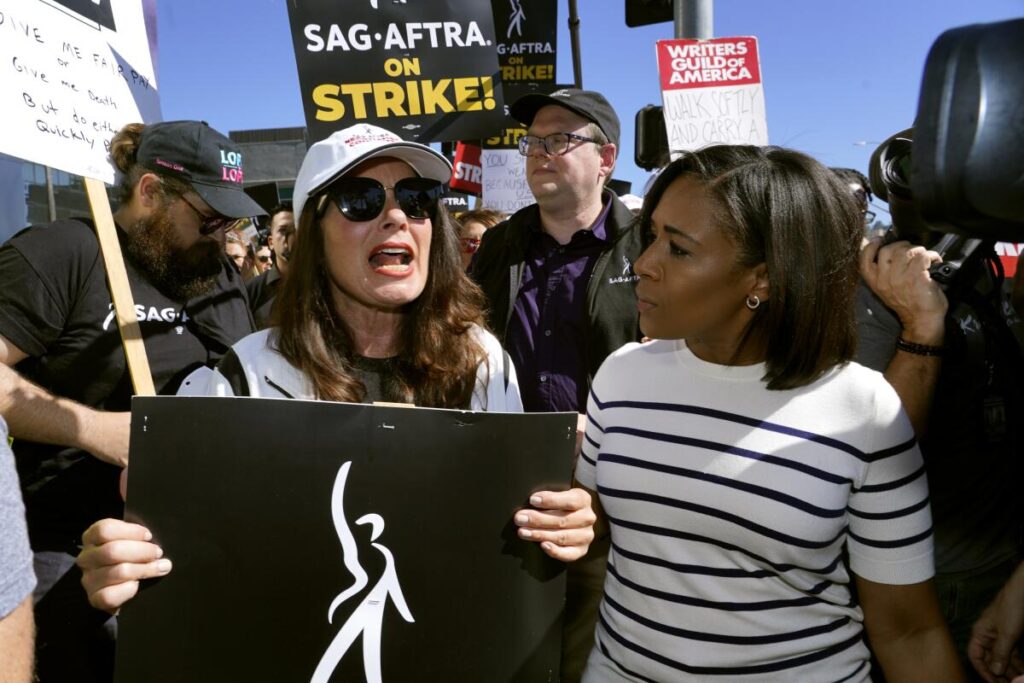No, not that one. This one:
The Green Revolution refers to a transformative 20th-century agricultural project that utilized plant genetics, modern irrigation systems, and chemical fertilizers and pesticides to increase food production and reduce poverty and hunger in developing countries. The Green Revolution began in Mexico, where scientists developed a hybrid wheat variety that dramatically expanded yields. Following its introduction, hunger and malnutrition there dropped significantly.
The model was subsequently extended to Asia, Latin America, and later Africa to increase food production for growing populations without consuming significantly more land. Over time, however, the techniques and policies of the Green Revolution were questioned as they led to inequality and environmental degradation.
Ahem. Such language. But being mindful of these transformations is important, especially as we seem to be on the verge of several others happening simultaneously and at terrific speed. For instance, which kind of battery will follow lithium-ion? In early 2023, we heard about iron-air batteries that use a water-based electrolyte and store energy using reverse rusting. Now, that’s the sexy tech we need. Companies are being funded and manufacturing facilities built. The storage needs changing, not to mention the problematic issues around mining lithium, are driving this ongoing series of shifts. Like the earlier Green revolution, it’s less important to cheer these development as good or bad but rather to see them in a kind of continuum and consider how each new standard performs under these changing market conditions. Yes, market – the economics as well as the social and physical constraints.
Climate tech is on-again, off-again as we get jaded accustomed to shiny new things, seek improvements and various strategies win out. But as the pressure continues to push costs down and use up, the newer green revolution can usher in a more stable form of societal improvements for everyone.
That, we should expect.
Video: the great Arthur Blythe (Thanks D!), with Bob Stewart on Tuba, doncha know.








